Muhammad Nadeem
|
S.No |
Title |
P.No |
|
1 |
Introduction (What project is about) |
3-4 |
|
2 |
System Overview, Data architecture and storage, |
5-6 |
|
3 |
ER-Diagram, OLTP-Architecture,Master / Slave Medical Card System |
6-10 |
|
4 |
MCS OLTP, MCS data, storage,MCS Business Module or Services process: |
11-14 |
|
5 |
Request Flow, Data repository, MySQL |
15-19 |
|
6 |
Data warehousing |
19-27 |
|
7 |
Service improvement |
28 |
|
8 |
Statistical Analysis |
29-30 |
|
9 |
Summary, conclusion, Learned |
31-35 |
|
10 |
Appendix |
36 |
A Medical Card is a plastic card, about the span of a Visa, issued by the HSE. Individuals who hold a Medical Card are qualified for a scope of Health Services for nothing out of pocket. Sometime recently, 2009. Therapeutic card framework was a decentralized and comprising littler wellbeing sheets. Since, they are isolated to each other’s, It was making taking after oddities.
To determine these issues the HSE, choose to incorporated Medical card framework. They gather master from every wellbeing board and accumulate in Dublin. On framework level, it was a major perplexity mass before centralization. The reason was every wellbeing board has their own medicinal card framework on a few innovations like prophet, SQL server and so forth. A Single Medical card framework was running on ORACLE, SQL, MYSQL and MUMS thus on rely on upon the decision of wellbeing board. There were loads of reports and Hauge paper works was included and it was night horse to handle it. To, determine this issue The HSE made a system to gap information into three databases, for example, ORACLE, MongoDB.
Each of the database has there on noteworthiness. The HSE additionally choose to making and dealing with their own information distribution center. There was an alternative accessible for cloud benefits but since of the way of information. The HSE fabricate their own information product house. The HSE utilized Mongo DB since it is a record situated database and what it does, it is intended for even versatility. Because this, if your database develops, you can basically include more equipment or more assets from the cloud.
2.1 MCS System Overview:
The Medical card system data were divided into following:
2.2 MCS Data Storage:
The data was storing in following technologies:
|
MongoDB |
MySQL |
Oracle |
Neo4j |
|
Document-oriented |
Cross-platform support |
Reliable database |
OLTP |
|
Supports JSON format. |
Stored procedures |
JSON and XLS format |
|
|
No DBA |
SQL/PSM |
Indexes by using Apache Lucence |
|
|
Flexible replication for shading across nodes. |
Triggers. |
supports full ACID |
|
|
Multi-version concurrency |
Cursors |
UI for CQL |
|
|
consistency in complex transactions |
Updatable views |
Native GPE(Graph Processing Engine). |
|
|
Dynamic queries and powerful aggregates. |
Online DDL |
(CRUD) operation |
|
|
Index support and ap/reduce functions |
Information schema |
Access by Java, Spring, Scala |
3.1 MCS Database Architecture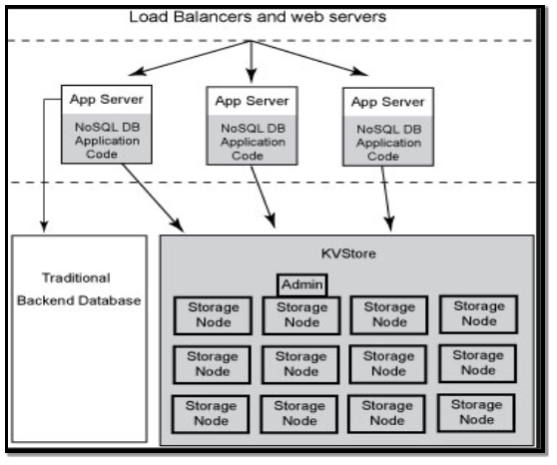
3.2 MCS OLTP Architecture

Master / Slave Medical Card System
3.3 MCS OLTP:
Medical card OLTP systems are used for order new application, Medical card transactions, customer relationship management (CRM) etc. Such systems have many users who conduct short transactions. Database queries are usually simple, require sub-second response times and return relatively few records. An important attribute of medical card OLTP system is its ability to maintain concurrency. To avoid single points of failure, MCS OLTP systems is decentralized.
MCS data-model-self-governing and planned to professionally handle accidental, ad hoc queries in an analytical system environment. We are using Mango DB, Neo4j, Oracle, MySQL along with legacy System like MUMS. The Size of the data per week is 1 tetra byte. We have Online replication. HSE have hot backup and full disaster recovery model implemented. HSE have one cold server run in Waterford region which they used as cold backup. HSE policy to store data in multi places so in case of disaster recovery will be easy.
3.4 MCS Data:
It consists on the following:
3.5 MCS Data storage:
MCS data store on different devices and system as following:
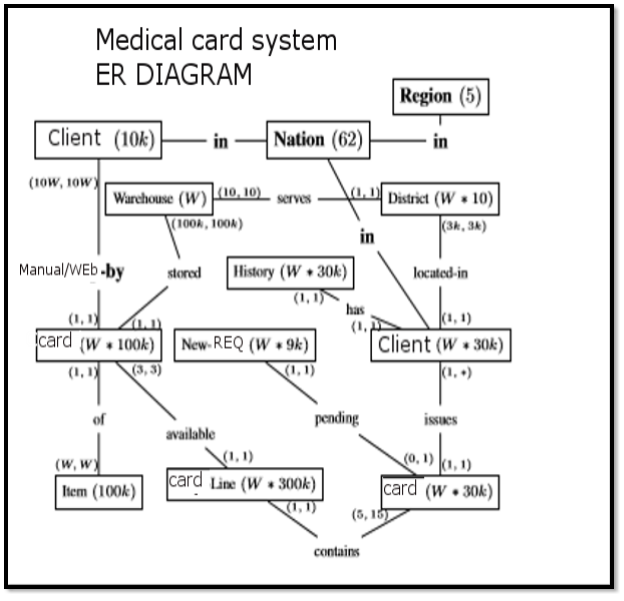
4.1 MCS Business Module or Services process:
FOR NEW APPLICATION

FOR RENEWAL APPLICATION

4.2 MCS Request Flow

4.3 MCS Flow

4.4 MCS Data Repositories

4.5 MCS My SQL

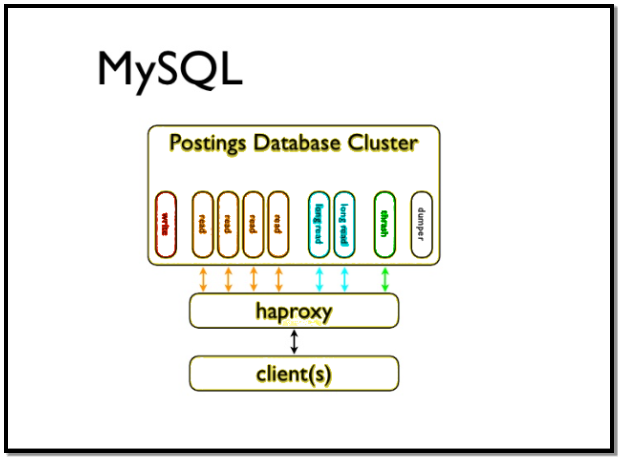
5.1 MCS Data Warehousing:
5.2 MCS BI: Extraction of Knowledge from Data
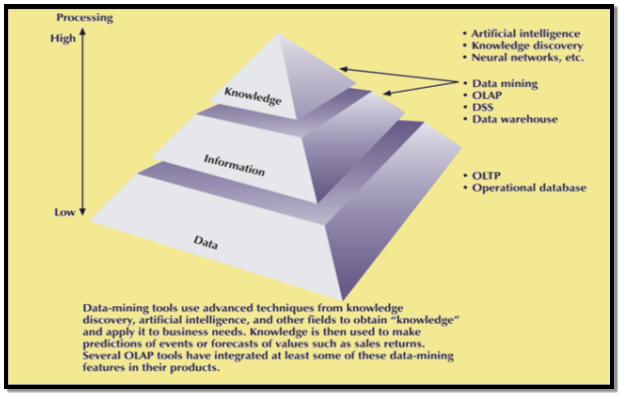
5.3 MCS DSS/BI Architecture: Learning and Predicting

5.4 MCS DSS/BI
5.5 MCS DSS/BI Components
5.6 MCS Main Components of A DSS/BI
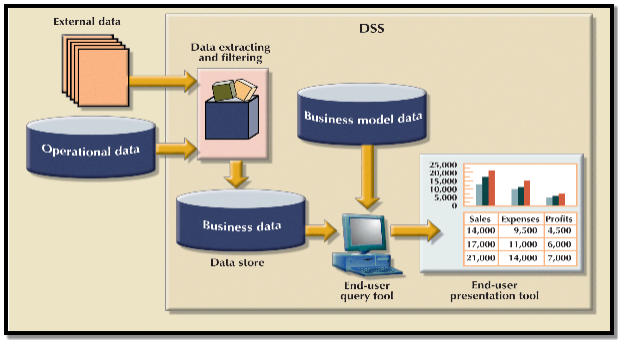
5.7 MCS DSS/BI: Needs a different type of database
5.8 MCS Operational vs DSS Data

6.1 MCS Data Warehouse
6.2 MCS OLAP (Online Analytical Processing)
6.3 MCS OLAP vs OLTP:
6.4 MCS Multidimensional Data Analysis

6.7 MCS Multidimensional Data Analysis Techniques
6.8 MCS integration OLAP with Spreadsheet

6.9 MCS easy-to-Use End-User Interface
6.10 MCS Client/Server Architecture
6.11 MCS OLAP Architecture
6.12 MCS Facts
6.13 MCS Dimensions: simple star schema
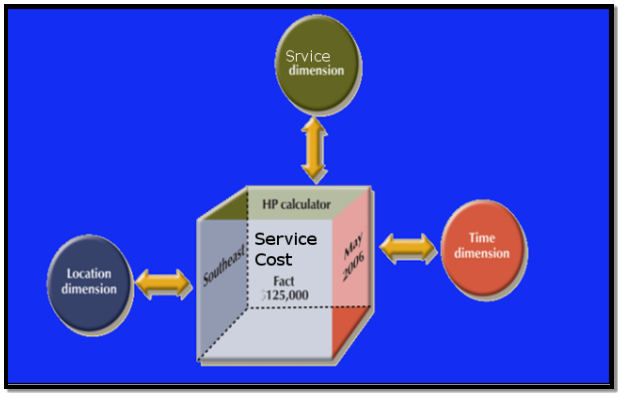
6.14 MCS Attribute Hierarchies in multidimensional analysis
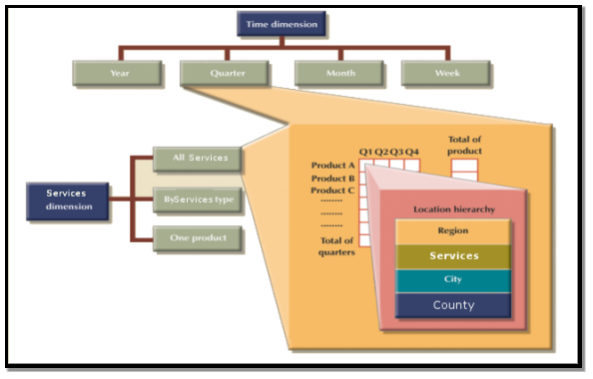
6.15 MCS Star Schema Representation

6.17 MCS Multi-dimensional database
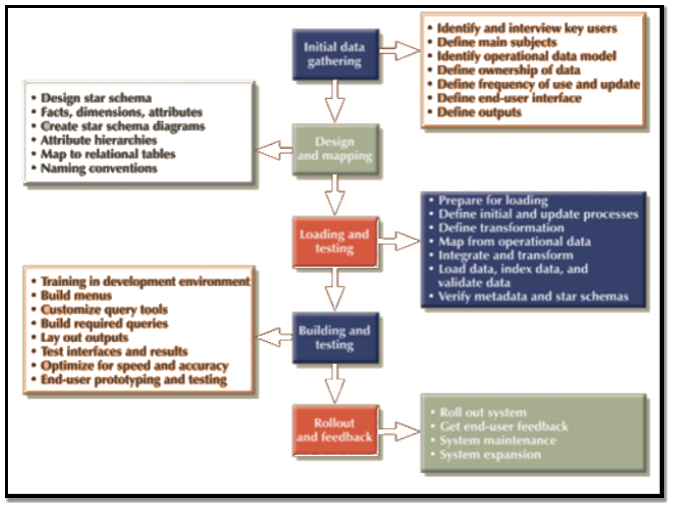
6.18 MCS Star Schema

6.19 Snowflake schema
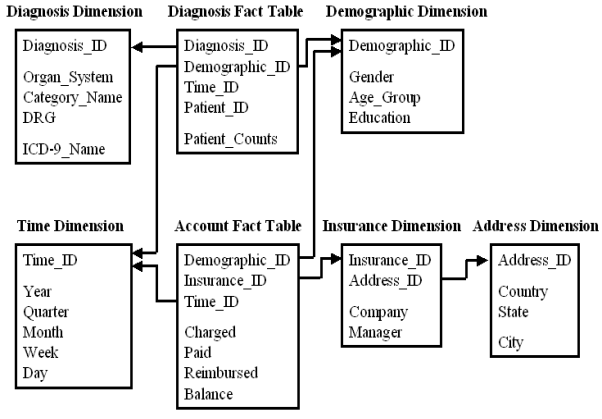
7.1 Service improvement
8.1 Statistical Analysis
MCS Difference in Clinical Services Improvement: Young and Old patients
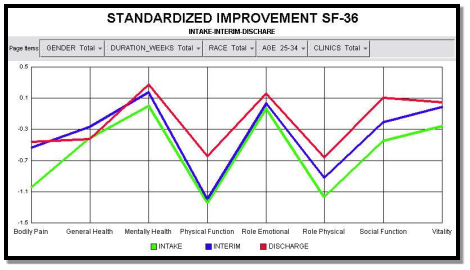
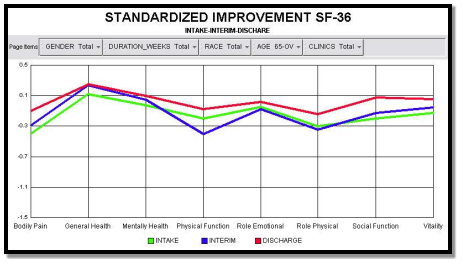
8.2 Compare Cancer Incidence of Dublin County to Carlow County from 1996-2000

9.1 Conclusion:
A Medical Card is a plastic card, about the size of a credit card, issued by the HSE. People who hold a Medical Card are entitled to a range of Health Services free of charge. In this project, we have seen a change of centralized medical card system with the help of NOSQL and RDBMS changed the service outcome. HSE have Mongo DB which make it suitable for this kind of project is it is Schema-less. A document can have any number of key/value pairs. Instead of using a schema, documents of the same time (for example, documents representing blog posts) all have a similar set of key/value pairs. Second, a database which HSE have here is Neo4j graph database. The reason why they have used Neo4j because it provides OLTP and supports Jason and XLS format. Another reason to use Neo4j is it is Create, Read, Update and Delete (CRUD) operations working on a graph data model.
MCS data-model-self-governing and planned to professionally handle accidental, ad hoc queries in an analytical system environment. We are using Mango DB, Neo4j, Oracle, MySQL along with legacy System like MUMS. The Size of the data per week is 1 tetra byte. We have Online replication. HSE have hot backup and full disaster recovery model implemented. HSE have one cold server run in Waterford region which they used as cold backup. HSE policy to store data in multi places so in case of disaster recovery will be easy.
The MCS Data Warehouse is an integrated, subject-oriented, time-variant, non-volatile database that provides support for decision making. Usually a read-only database optimized for data analysis and query processing. centralized, consolidated database, periodically updated, never removed. It is Requires time, money, and considerable managerial effort to create. Relationships between DSS/BI was studied in detail along with, database, data management. We have explored the DSS/BI: transforming data into info to support decision making. The MCS (Medical Card System) operational data and DSS/BI data differ from which we have used to test the system. We have explored what data MCS (Medical Card System) warehouse is, how data for it are prepared, and how it is implemented Multidimensional database. The Database technology for BI: OLAP, OLTP. Examples of applications in healthcare.
During this project, we were Combining Data Warehouse (OLAP) and GIS.OLAP: handles large data, fast retrieval multidimensional, multilevel aggregation, analyses/data mining on huge complex databases. IS: visualization and spatial analyses. Visualization and Analysis: Charts and Maps + Statistical Analysis.
The outcome we have from the MCS Database is we have center for Medical Service More than fifty community health centers contributed to this database. The transaction span to 547,719 transactions. WE have 13 Outcome indicators, 72,541 episodes of treatment, 17,205 patients, 108 therapists, 48 institutions.
9.2 Learned:
During completing this project, I have learned following:
9.3 Problems/Issues
Available online: https://www.jetbrains.com/idea/download/#section=windows
10.1 Appendix:
Delivering a high-quality product at a reasonable price is not enough anymore.
That’s why we have developed 5 beneficial guarantees that will make your experience with our service enjoyable, easy, and safe.
You have to be 100% sure of the quality of your product to give a money-back guarantee. This describes us perfectly. Make sure that this guarantee is totally transparent.
Read moreEach paper is composed from scratch, according to your instructions. It is then checked by our plagiarism-detection software. There is no gap where plagiarism could squeeze in.
Read moreThanks to our free revisions, there is no way for you to be unsatisfied. We will work on your paper until you are completely happy with the result.
Read moreYour email is safe, as we store it according to international data protection rules. Your bank details are secure, as we use only reliable payment systems.
Read moreBy sending us your money, you buy the service we provide. Check out our terms and conditions if you prefer business talks to be laid out in official language.
Read more